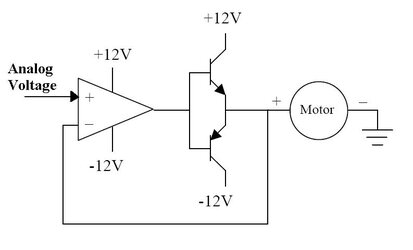mauserman48
New Member
- Joined
- May 5, 2017
My ATX psu only puts out 11.6v when idling. when I hook a 12v load at 6 amps start up load it shuts off. I have 2 ATXs and they both do this.? what gives..
Welcome to Overclockers Forums! Join us to reply in threads, receive reduced ads, and to customize your site experience!
11.6v is out of spec. Throw those PSU's away.
I have an old xp rig from that time.
if any of my newer stuff lasts as long I'll dance a jig on my own grave for you.

The one psu is from a 2011 hp compaq. ..why when I run the motors on the 5v rail they run just fine..From both psus they run on the 5v rail. Is it cause the 12v rail doesn't have volt sensing? How can I bring the 12v rail back up to 12.2-12.5v? Brand new the hp was never higher than 11.75v
Actually, ATX spec is 5%. Which is 11.4V on the low side (12.6 on high side) so it is in fact in spec. Outside of splitting that hair for clarity, I agree its trash.
yea!! baby!!! I'm too sexy for this site so I'l just post a link.........
